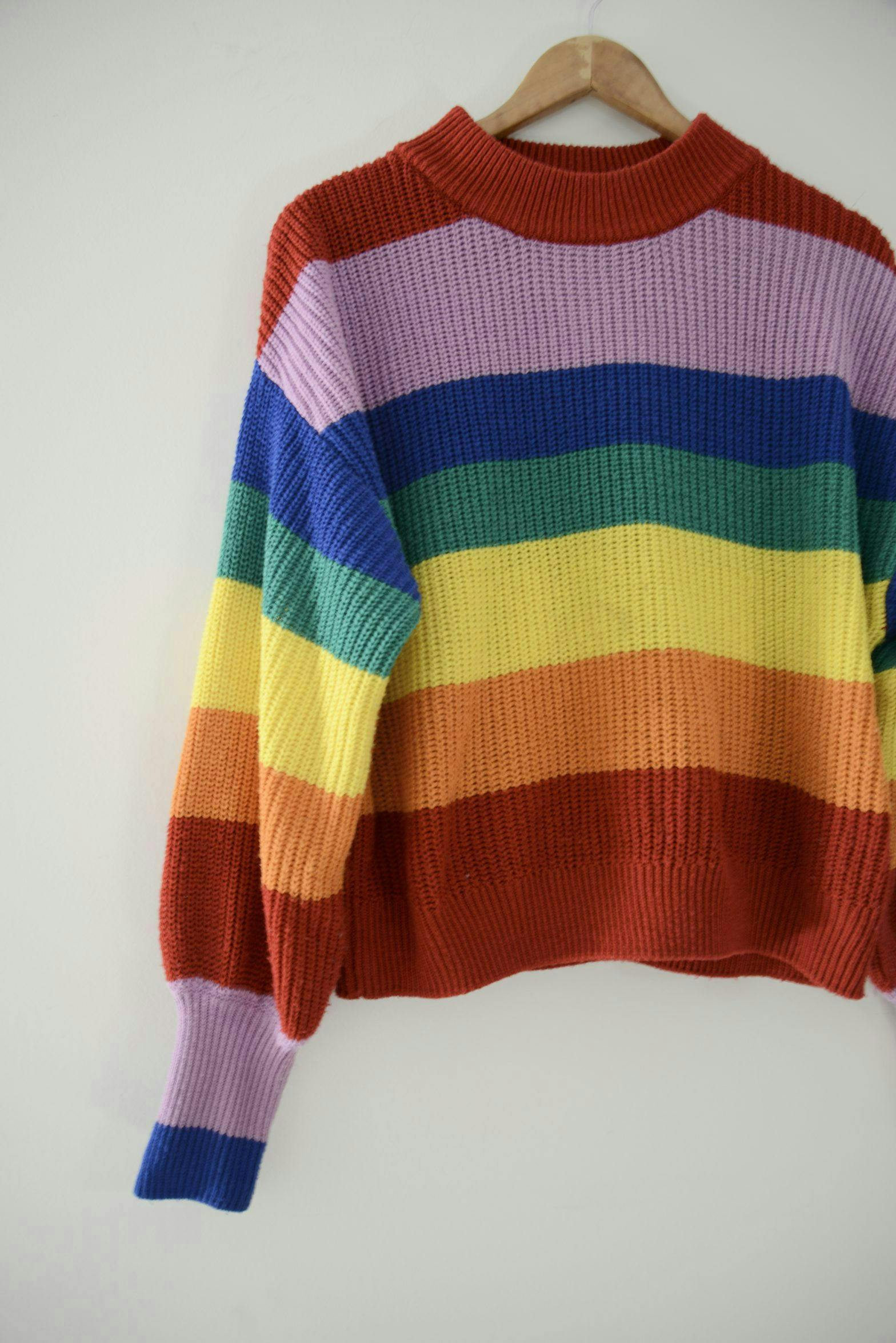
Just like greenwashing, rainbow washing can be linked back to the supply chain. Indeed, many of the companies that put pride flags up on their social media and sell rainbow clothes during pride months don’t have a supply chain that supports the LGBTQIA+ community.
So what can you do? Well, it turns out, quite a bit. Here are our top tips to ensuring the supply chain of the brands you are supporting are aligned with your values:
1. Check the countries where the clothes are made
Did you know? 71 countries still criminalise same-sex sexual activity, while 15 criminalise the gender identity or expression of transgender people through various laws. For instance, in Pakistan, the maximum penalty for LGBTQIA+ people is death by stoning.
Nowadays, the countries where your clothes are made are put on the label of your clothing. So take it upon yourself to look at your label and the map of the Human Dignity Trust that shows the countries that criminalise the LGBTQIA+ community. Find some clothes you like that come from there? Easy answer, don’t buy them!
2. Join the #WhoMadeMyPrideMerch campaign
In continuation with this, join the #WhoMadeMyPrideMerch campaign! Created by Izzy McLeod, or @muccycloud on Instagram, this campaign was launched in reaction to a Primark pride collection. Why create a pride collection when the brand has a history of producing in countries that have anti-LGBTQIA+ laws?
This campaign was inspired by Fashion Revolution’s #WhoMadeMyClothes campaign, asking brands to be transparent along their supply chain, pay workers better and make sure they are treated fairly. But with #WhoMadeMyPrideMerch, we add one more focus, safeguarding LGBTQIA+ workers. So call out a brand on social media and ask them #WhoMadeMyPrideMerch !
3. Buy your merch from sustainable LGBTQIA+ owned businesses
Why not buy from businesses that are ethical, sustainable and that support the community’s rights? On social, we shared a few of our faves, which are also rated “Good” on our partner Good on You’s website, meaning they respect animal and human rights as well as being respectful to the planet.
We are going to list the brands here again, which includes Stuzo clothing, Plant faced clothing, Lucy and Yak, Automic Gold and We are wild fang. Be sure to give them a look by going to Good on You in the responsible shopping section of our app.
4. Rewear your old ethical and sustainable pride merch
Maybe this year is the first year you are considering all these ethical questions. So for next year, you will be able to rewear the merch that you already have in your closet, and be sure that you are using the most sustainable and ethical option.
If this year you already have clothes that come from sustainable and ethical brands but that might need a little refresh, head over to our services to get your clothes cleaned, repaired or altered. Don’t forget to use the rest of the budget you would usually have spent shopping by donating it to causes fighting for LGBTQIA+ rights.
As always, we consider that spending your money on a brand constitutes what you agree with, in terms of sustainability, human rights or animal rights. Last week, we spoke about Smalls Merino, a brand that has committed to traceability and sustainability within its supply chain, and the ways you can rewear merino wool this summer.